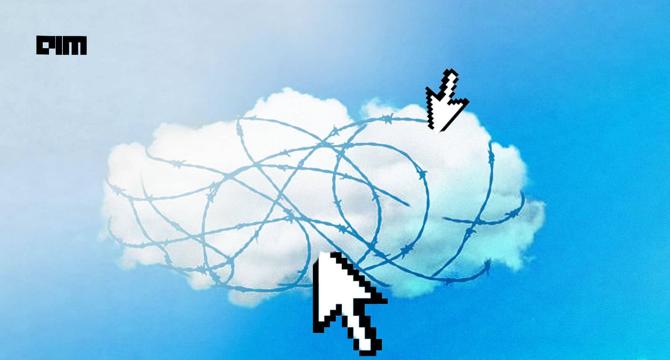Analyticsindiamag
4w
71

Image Credit: Analyticsindiamag
The Hidden Dangers Lurking in Cloud AI Infrastructure
- A recent report from Tenable highlights that about 70% of cloud AI workloads have at least one unremediated vulnerability, with potential risks lurking in the rest.
- The reliance on default service accounts in Google Vertex AI poses a significant threat, leading to security vulnerabilities that cascade through AI services.
- The article emphasizes the need for a risk-based model like Vulnerability Priority Rating (VPR) over Common Vulnerability Scoring System (CVSS) for prioritizing security vulnerabilities in cloud AI environments.
- Addressing identity sprawl and implementing AI-powered analytics on the network are crucial steps to enhance security in cloud AI infrastructures.
- Narang suggests merging human and machine identities into a single directory and enforcing least-privilege access to mitigate security risks effectively.
- Cloud AI security requires a platform approach to tackle growing risks efficiently, emphasizing the importance of zero-trust policies and real-time monitoring of entitlements and configurations.
- A case study involving an oversight in a Redis library by OpenAI in March 2023 highlighted how simple misconfigurations can lead to privacy incidents in cloud AI setups.
- Narang stresses the need for a comprehensive approach to securing training and testing data, including asset classification, encryption, and privacy-preserving techniques.
- Securing the pipeline, including monitoring data assets and implementing encryption, is crucial to prevent large-scale privacy breaches in cloud AI environments.
- Organizations that integrate visibility, automation, and risk-based prioritization in their cloud AI strategies will be better equipped to safeguard their systems against evolving threats, as per Narang's insights.
Read Full Article
4 Likes
For uninterrupted reading, download the app